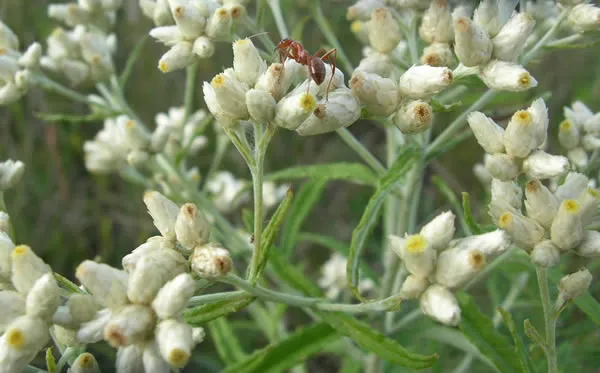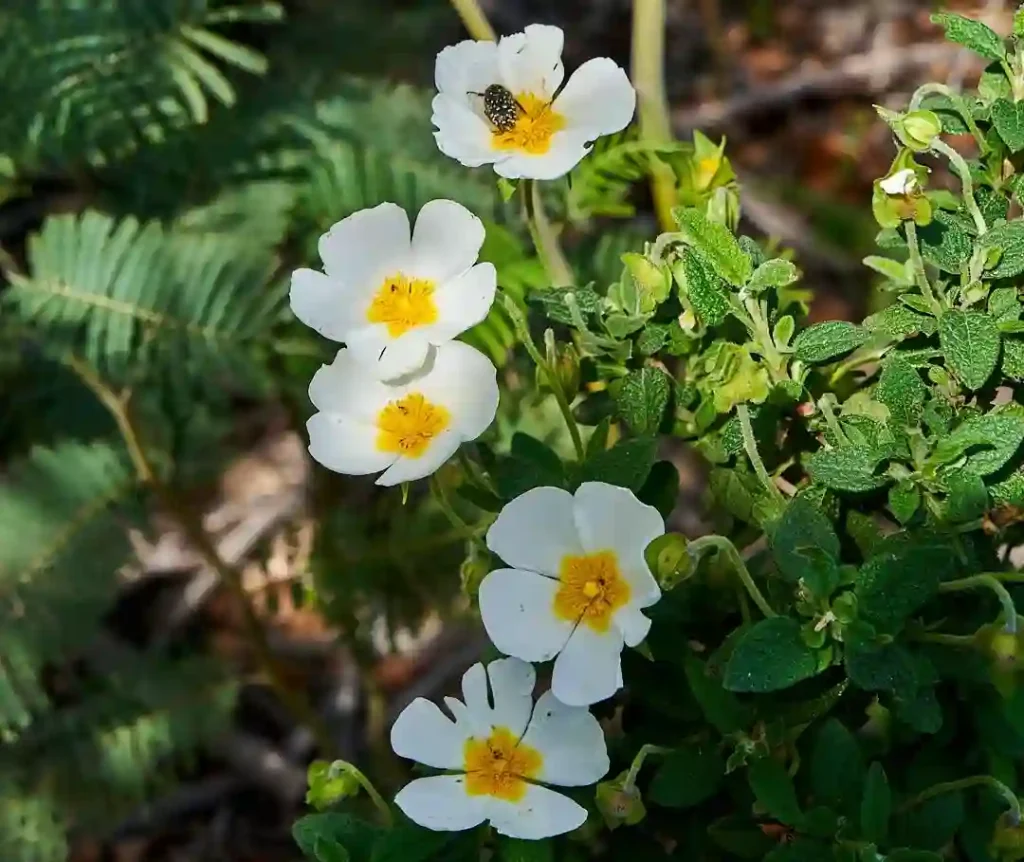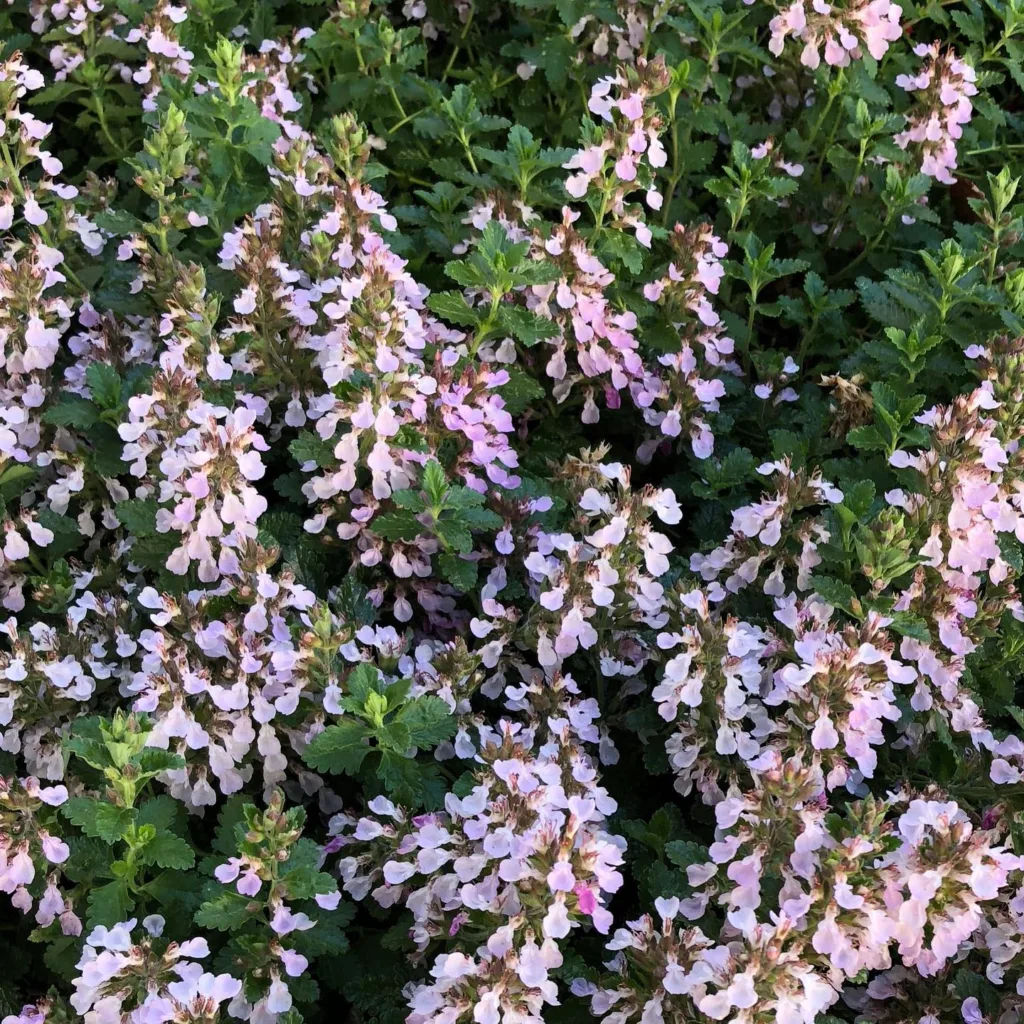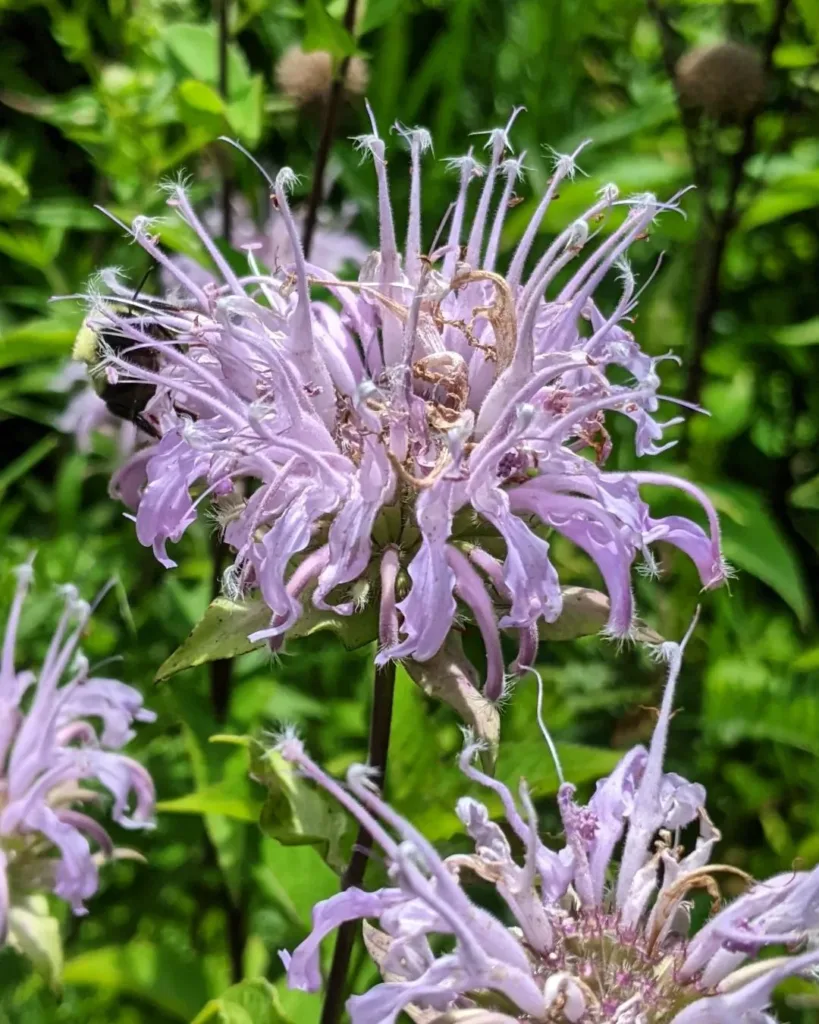My Fascination with Chasmanthium
I, Ferb Vu, have always been drawn to the subtle beauty of grasses. Their understated elegance and the way they sway in the breeze have a calming effect on me. Among my favorites is the genus Chasmanthium from the Poaceae family, commonly known as woodoats. These North American natives bring a unique texture and architectural interest to any garden.
Understanding Chasmanthium
The name Chasmanthium comes from the Greek words “chasma,” meaning “wide opening,” and “anthos,” meaning “flower,” referring to the open, drooping spikelets that characterize these plants. These spikelets resemble flattened oats, hence the common name “woodoats.” They add a distinctive charm to the landscape, especially when they catch the sunlight and shimmer with a golden hue.
Species in Chasmanthium:
- Chasmanthium curvifolium – Known for its gently arching, narrow leaves, Chasmanthium curvifolium (sometimes known as Curved-leaf Wild Oats) is a grass species native to woodland areas. It produces delicate seed heads that dangle from thin stems, giving it an airy, cascading look. Ideal for shady or woodland gardens, it adds texture and motion to landscapes and does well in moist, well-drained soils.
- Chasmanthium latifolium – Often called Northern Sea Oats, Chasmanthium latifolium is widely admired for its unique, flat, oat-like seed heads and bamboo-like foliage that turns a golden bronze in the fall. This ornamental grass is native to North America, particularly in moist woodlands, and can tolerate partial shade. Its resilient nature and decorative appeal make it a popular choice for naturalistic and drought-tolerant garden designs. Plant FAQs: Chasmanthium Latifolium – Northern Sea Oats
- Chasmanthium laxum – Known as Slender Woodoats, Chasmanthium laxum is characterized by its fine, wiry stems and loosely clustered seed heads that give it a graceful, wispy appearance. It thrives in moist, wooded areas and can adapt to a variety of soil types, making it a versatile choice for natural gardens. Its delicate form provides soft movement in landscapes, particularly in shade gardens or damp, shaded borders.
- Chasmanthium nitidum – Shiny Woodoats, or Chasmanthium nitidum, stands out with its glossy, bright green foliage and compact growth habit. The shiny leaves make it especially eye-catching, and the plant produces small, somewhat inconspicuous seed heads. This grass is commonly found in southeastern United States woodlands and is an excellent choice for adding year-round greenery and shine in shaded or woodland gardens.
- Chasmanthium ornithorhynchum – This lesser-known species, Chasmanthium ornithorhynchum, is noted for its uniquely shaped seed heads, which resemble small bird beaks. Found in specific habitats, it adds both texture and a bit of whimsy to garden spaces. It’s often grown in botanical collections due to its distinctive appearance and thrives in moist, shaded areas that mimic its native woodland environment.
Why I Admire Chasmanthium
There are several reasons why I find Chasmanthium so captivating. Firstly, their unique form and texture add a distinct element to any garden design. They provide a beautiful contrast to bolder plants and create a sense of movement and airiness. Secondly, they are incredibly versatile and low-maintenance. They thrive in a variety of conditions, from full sun to partial shade, and tolerate a range of soil types. Once established, they require minimal care, making them an ideal choice for busy gardeners like myself.
Moreover, Chasmanthium offers ecological benefits. The seed heads provide food for birds, and the plants themselves offer shelter for small wildlife. They are also deer-resistant, which is a significant advantage in my area. But beyond these practical benefits, I simply enjoy observing the changing beauty of Chasmanthium throughout the seasons. In spring, they emerge with fresh, green foliage. In summer, they produce their distinctive, pendulous spikelets that mature to a rich, golden brown in autumn. Even in winter, their dried seed heads add interest and structure to the landscape.
My Experiences with Chasmanthium
I have incorporated Chasmanthium latifolium into my own garden, and it has become one of my favorite features. I planted it in a mixed border alongside other perennials and shrubs, where it adds a lovely vertical accent and textural contrast. I particularly enjoy watching the way the sunlight filters through the delicate seed heads, creating a mesmerizing play of light and shadow.
I have also experimented with using Chasmanthium in dried flower arrangements. The dried seed heads retain their shape and color beautifully, adding a touch of rustic elegance to bouquets and wreaths. I find that they pair well with other dried grasses and flowers, such as goldenrod and strawflower.
Conclusion
In conclusion, my appreciation for Chasmanthium stems from its unique beauty, versatility, and ecological value. This genus offers a range of options for gardeners, from the widely adaptable Chasmanthium latifolium to the more delicate Chasmanthium laxum. Whether used in a mixed border, a naturalistic planting, or even dried flower arrangements, Chasmanthium is sure to add a touch of understated elegance to any setting.
If i die, water my plants!



